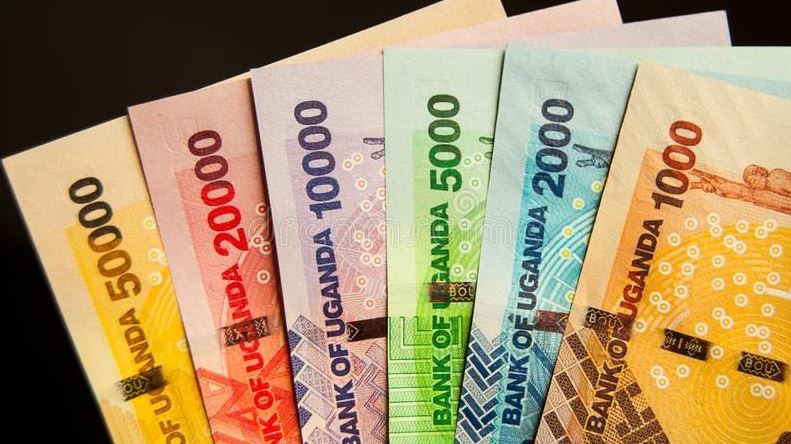Published on 06/10/2025
Uganda’s shilling emerged as Africa’s stability champ in FY 2024/25, appreciating 2.7% against the USD to a mid-rate of UGX 3,678, according to the Bank of Uganda’s (BoU) Integrated Annual Report.
This fortitude, amid global chaos from trade wars to tariffs, supercharged reserves to USD 4.3 billion 3.9 months of import cover up from 3.1 last year.

“Prudent policy and inflows from coffee, remittances, and NGOs met corporate demand head-on,” Governor Michael Atingi-Ego declared in the report, crediting a weakening USD and BoU’s Strategic Asset Allocation (SAA) playbook.

The shilling’s swagger wasn’t luck it was strategy. First-half gains of 1.1% accelerated to 4.2% in H2, defying global uncertainty. Against a trade-partner basket, the Nominal Effective Exchange Rate (NEER) appreciated 2.1%, BoU data shows.
Exporters like coffee baroness Beatrice Ndyabagye cheered the trend. “Stable rates mean predictable earnings no more hedging headaches,” she told Bloomberg on September 30, 2025. Her firm, Uganda Coffee Exporters Ltd., saw revenues jump 18% to UGX 120 billion, thanks to USD 1.6 billion in remittances and booming gold and coffee exports.
BoU’s toolkit proved decisive. Its SAA optimized safety, liquidity, and returns, with gold purchase preparations diversifying buffers. “We’re not just accumulating; we’re architecting resilience,” Atingi-Ego said in a Reuters interview on October 2, 2025, noting preparations for oil-era forex swaps and cross-currency repos.
The Balance of Payments flipped to a USD 1.0 billion surplus from a USD 995 million deficit, while the current account gap narrowed 15.3% to USD 3.6 billion. Trade deficits shrank 20.4% to USD 2.5 billion as gold and coffee exports offset import hikes.
For importers, the story flipped. “Cheaper inputs mean leaner margins we’re passing savings to consumers,” said Raj Patel, MD of Kampala Imports Co., whose machinery costs dipped 3%, fueling a 12% output hike.
Still, challenges remain. Primary income deficits eased 9.5% to USD 1.2 billion, but external debt interest cost the country USD 384 million. Meanwhile, services deficits widened 2.6% to USD 1.9 billion due to rising transport costs.
Financial flows dazzled. Direct investments hit USD 3.7 billion (oil-led), portfolio inflows USD 610 million (driven by offshore bond buys), and other investments USD 164 million. “This cocktail exports, FDI, remittances fortified us against shocks,” Atingi-Ego noted, projecting 6.0–6.5% GDP growth for FY 2025/26.
Businesses are betting big. Fintech firm EcoPay Uganda, backed by USD 50 million FDI, scaled users 40% to 2 million, leveraging shilling stability for seamless cross-border payouts. “No volatility means no hidden fees pure growth,” CEO Lydia Mirembe told TechCrunch on October 1, 2025.
However, SMEs flag hurdles. “Access to cheap forex for imports remains patchy,” warned Sarah Kizza, head of the Uganda Manufacturers Association. BoU’s response? Deepen markets, digitize payments, and green-finance through its upcoming ISO 20022 migration.
With reserves at 3.9 months of import cover, Uganda’s forex fortress stands tall As Atingi-Ego wrapped up saying “Stability isn’t passive it’s our strategic edge. ” For East Africa’s business vanguard, the shilling’s shine signals sunnier trades ahead.








